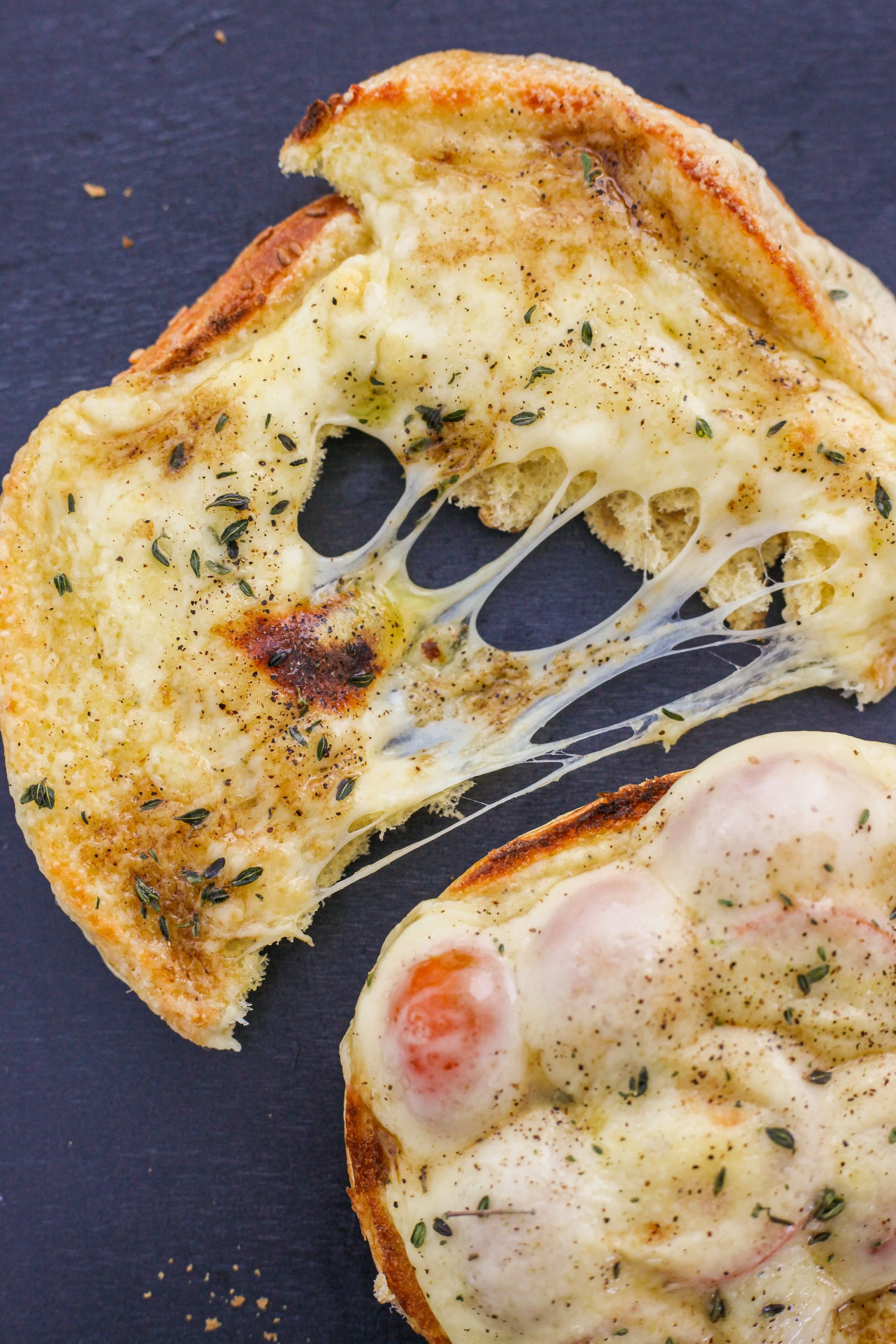Regency Progressive Dinner
What Nineteenth Century Diners Noshed On
The holidays are upon us, and I don’t know about you, but I’ve pulled out all my stretchy pants because by golly! This is my favorite time of year to eat. And if you’re looking for something a little different to serve for one of your holiday parties, read on for a little historical inspiration.
This is part one of the Progressive Regency Dinner with posts featured by me and my authorly buddies Erica Vetsch and Julie Klassen. Read all the way through to get the link to Erica’s fantastic dinner entry!
Back in the day, dinner during the Regency era was the most important meal, which meant it was the heaviest and most complex. Different courses were served—called “removes”—and often began with a bit lighter fare before moving on to the heavy hitters. Usually a variety of soups were the first to grace the dinner table, and one such soup that was familiar to Jane Austen is White Soup
““By the bye, Charles, are you really serious in meditating a dance at Netherfield?—I would advise you, before you determine on it, to consult the wishes of the present party; I am much mistaken if there are not some among us to whom a ball would be rather a punishment than a pleasure.”
“If you mean Darcy,” cried her brother, “he may go to bed, if he chuses, before it begins—but as for the ball, it is quite a settled thing; and as soon as Nicholls has made white soup enough I shall send round my cards.”
”
Here’s a traditional recipe taken from John Farley’s London Art of Cooking (1783)
White Soup
2 soup bones with some meat on
10 cups water
2 chicken thighs
½ pound bacon
¾ cup white rice
1 anchovy or anchovy paste
A few peppercorns
1 tsp. thyme
1 tsp. parsley
2 bay leaves
2 small chopped onions
2 ribs celery chopped
¼ pound sugared almonds
1 cup heavy cream
1 egg yolk
In a large pot simmer the bones, water, chicken, bacon, rice, anchovies, peppercorns, herbs, onions and celery for 2 hours on low.
Strain into another pot then let it sit overnight in the refrigerator.
Next morning skim the top of the broth to remove any leftover chunky bits. Add the sugared almonds and bring to a boil.
Strain one more time then mix together the egg yolk and cream and stir into the soup before serving.
Cute serving ideas:
Spoon soup into hollowed out bread rolls
Serve in tea cups
Hollow out red peppers as bowls
To go along with your soup I recommend Welsh Rarebit, which is basically an open-faced grilled cheese sandwich. The first recorded reference to this dish is in 1725 when it was called Welsh Rabbit. Though it’s uncertain, some historians believe the name was a joke because the English often gave ridiculously fancy names to common food.
Welsh Rarebit
4 tablespoons butter
¼ cup flour
Pinch of salt and pepper
1 tsp. Dijon mustard
½ tsp. Worcestershire sauce
1 cup milk
¼ cup beer
½ cup shredded sharp cheddar cheese
4 thick slices of sourdough bread
1 sliced roma tomato
In a saucepan melt the butter, then stir in flour to make a roux. Add in cheese, salt and pepper, mustard, Worcestershire sauce, milk, beer, and cheddar cheese. Stir until thick and bubbly.
Put bread on a foil lined baking sheet and toast each side beneath the broiler. Spread the sauce over the top, lay tomatoes on top, then return to broil a minute or so longer until browned.
Serve on your Regency table…and to make your dining experience extra special, stick a pineapple in the middle as part of your centerpiece. Pineapples were rare and expensive during the early nineteenth century so often a hostess would rent a pineapple just to display her trendiness and wealth.
Interested in more Regency cooking? Check out John Mollard’s 1802 cookbook: The Art of Cookery Made Easy and Refined, Comprising Ample Directions for Preparing Every Article Requisite for Furnishing the Tables of the Nobleman, Gentleman, and Tradesman.
Ready for your next course? Pop on over to Erica Vetsch’s website and find out what’s on the menu for the main course. Then finish your meal by stopping at Julie Klassen’s page (link will be on Erica’s) and enter for a chance to win a Zoom Call with all three of us.
Bon Appetit and good luck!

